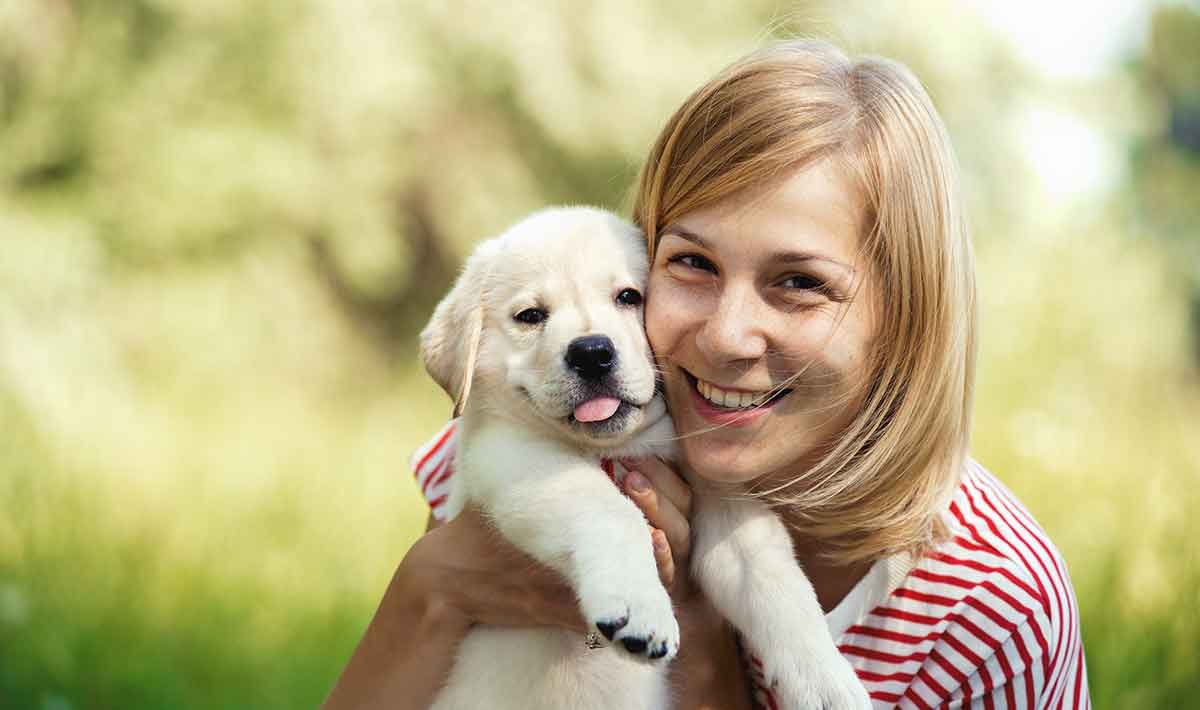
Understanding Dog Separation Anxiety and Aggression
Share
As a health-conscious pet owner, you're likely attuned to the moods and behaviors of your furry friend. It's no secret that dogs, much like humans, can experience emotional challenges. When it comes to dog separation anxiety and aggression, these issues can manifest in various unsettling ways, affecting not only your dog's peace of mind but also the harmony within your home.

What is Dog Separation Anxiety?
Separation anxiety is a common condition where a dog experiences intense distress when left alone. It's not just a simple case of missing their humans; it's a complex issue that can lead to destructive behavior, excessive barking, and even physical symptoms like panting or pacing. To better understand this condition, it's crucial to recognize the signs early on. Symptoms may include attempts to escape, chewing walls or furniture, and frantic attempts at self-harm.
Recognizing Aggression in Dogs
Aggression in dogs can take many forms and may be directed towards other animals, humans, or objects. It's important to distinguish between normal dog behavior, such as barking at strangers, and more serious aggressive behaviors that need intervention. Aggression can sometimes be rooted in fear, territorial instincts, or protection of resources.
Why Do Dogs Experience These Issues?
Several factors can contribute to dog separation anxiety and aggression. An important element is a dog's environment and past experiences. Dogs that have changed owners or experienced a traumatic event are at higher risk. Additionally, certain breeds might be more prone to anxiety-related behaviors.
Environmental and Genetic Factors
Environmental stressors play a significant role in a dog's emotional well-being. Changes in routine, loss of a family member, or even a move to a new home can trigger anxiety. On a genetic level, some breeds are more predisposed to anxiety, such as Weimaraners, Border Collies, and Jack Russell Terriers. Recognizing these factors can help tailor a plan to reduce anxiety.
Intervention and Management Strategies
Proactive management of dog separation anxiety and aggression can make a significant difference in your dog's life. There are various strategies you can employ, from behavioral training to creating a safe and comfortable environment for your dog. Desensitization is one effective technique, gradually getting your dog used to being alone by starting with short periods and slowly increasing duration.
Training Tips
Implementing a consistent routine and using positive reinforcement can greatly help. For helpful insights, you might want to check out MasterClass's dog training guide. They offer comprehensive advice on how to tackle behavior issues with patience and care.
You can also read about a dog separation anxiety training plan that delves into structured activities to calm anxiety.
Creating a Safe Space
To alleviate stress, ensure your dog has a dedicated space that feels secure. This could be a cozy room with their favorite toys or an area of the house where they feel most comfortable. Consistency is key. Make sure everyone in the household understands and follows a uniform approach to training and discipline.
Further insights can be gained from understanding different breeds' specific needs, such as those noted in our article on Akita's characteristics and care.
Professional Help
If anxiety or aggression persists, seeking the assistance of a professional dog trainer or a veterinary behaviorist may be necessary. Professionals can offer tailored solutions and guide you through the process of modifying your dog's behavior.
Consulting a Behaviorist
Behaviorists can provide a deeper insight into what triggers your dog's anxiety and aggression. With specialized training techniques, they can help you and your dog navigate through these challenges. For more tips on consulting professionals, you might find Advanced Care Animal Clinic's training tips useful.

FAQs
How can I identify if my dog has separation anxiety?
Key indicators include destructive behavior, excessive barking, or urination when left alone. Observing these actions consistently can signal anxiety issues.
Are certain breeds more prone to aggression?
While aggression can appear in any breed, some, like Rottweilers and German Shepherds, have a predisposition due to their protective nature.
When should I seek professional help for my dog's behavior issues?
If your dog displays ongoing symptoms of anxiety or aggressive behavior that you cannot manage, it is advisable to seek the advice of a professional behaviorist.
This article contains affiliate links. We may earn a commission at no extra cost to you.
